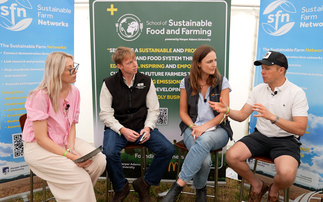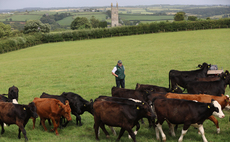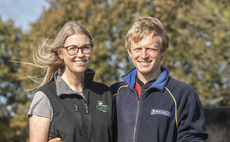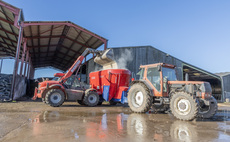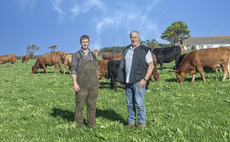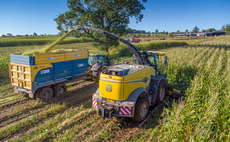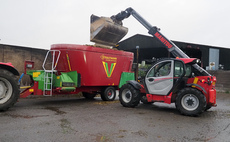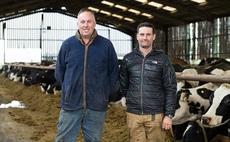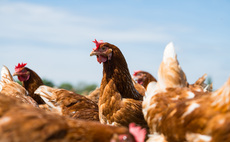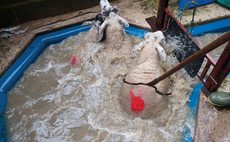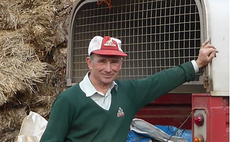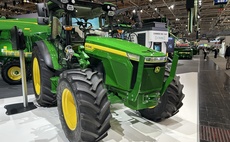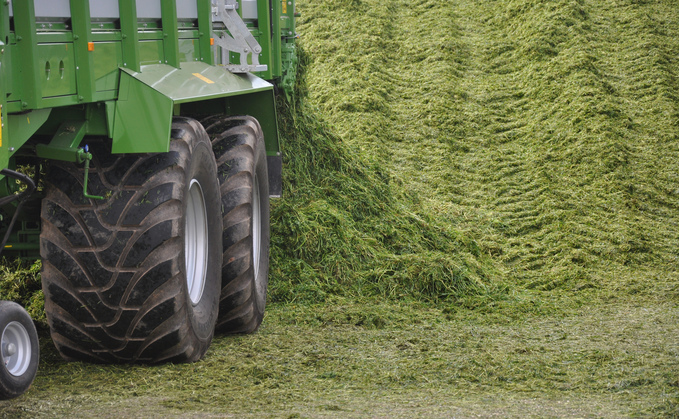
Investing time in each stage of silage-making can pay dividends when it comes to herd performance, says Ken Stroud of Volac.
Careful planning and investing time in each stage of s i l a g e - m a k i n g can pay dividends when it comes to herd performance.
That is the message from Ken Stroud, technical business manager at Volac, who says this starts by cutting grass at the right time.
He says: "Cutting before grass heads is vital for high metabolisable energy [ME] and protein. With first-cut, for example, aim to cut in early May, preferably before if there is a suitable weather window.
"If using a mower conditioner, ideally the grass can be collected on the same day as mowing if taking lighter cuts.
"I would recommend spreader mowers in most situations. However, if ground conditions are wet, leaving grass in rows behind the mower for two hours before tedding can help the ground to dry out.
"In wet conditions, there is a greater probability of picking up soil and other contaminants with the grass, causing silage to spoil.
"Cutting grass too low is another common mistake. Where grass is cut below the final leaf node, regrowth might be delayed."
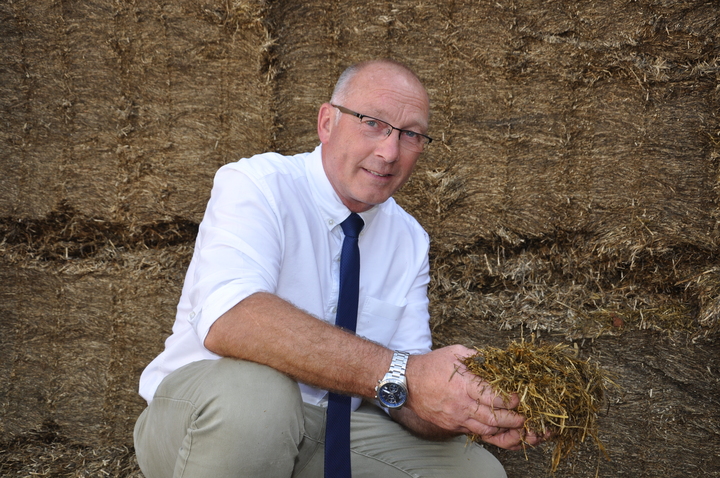
Chop length
The appropriate chop length will depend on the type of silage being made, says Mr Stroud.
"For multi-cut systems where the grass is young and leafy, consider a longer chop length, for example 5cm to 7.5cm.
"This will help to maintain structure in the clamp if slippage is a concern.
"For conventional silage systems where grass is more mature and stemmier, chop length can be shorter. For example, consider around 1.5-2.5cm for grass above 30% dry matter [DM], 2.5-5cm for grass at 20-30% DM, or 10cm if grass is very wet."
A rapid wilt is also fundamental to making high quality silage, Mr Stroud says, which means cutting at the right time of day is critical. He says: "Try not to mow later than 6pm, as otherwise the grass will not begin wilting until the following morning, giving undesirable bacteria more opportunity to break down sugars in the grass overnight. If the weather is good and grass is cut in the morning, it can reach the target 28-32% DM for harvesting that same afternoon.
"Even if grass gets wet, it should not really be wilted for more than 24 hours. Instead, consider bringing it in; although the silage might be wetter, the ME should be higher."
Correct clamp management is also vital, Mr Stroud says, starting with side sheets and compacting the grass correctly.
He says: "Pushing the grass from the front of the clamp to the back in thin layers will aid consolidation. Do not over-roll, especially leafy crops, as this can impact the structure of the crop and lead to slippage. Also, do not overfill clamps.
"To seal the clamp, use an oxygen barrier film, then overlapping side sheets, then the top sheet, and ensure they are evenly weighted down."
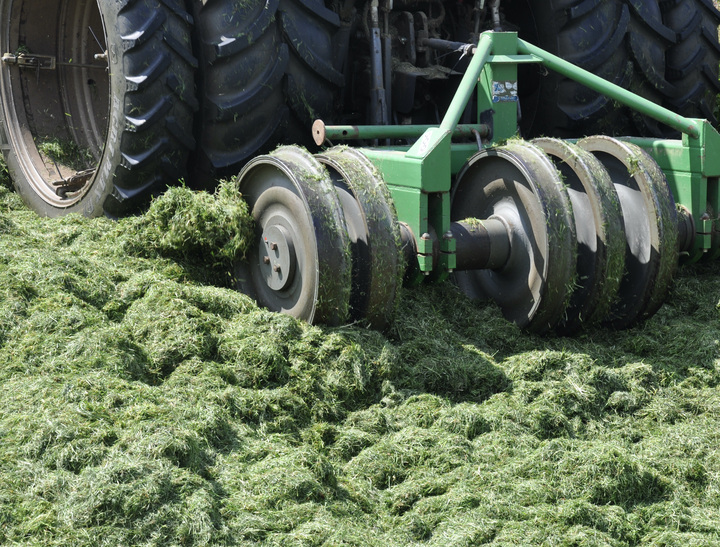
Correct fermentation
Correct fermentation Similarly, Mr Stroud urges always using an inoculant to promote the correct fermentation whatever the conditions at harvest.
He says: "The inoculant Ecosyl, which applies one million Lactiplantibacillus plantarum MTD/1 bacteria per gram of forage, promotes better conversion of sugar to lactic acid, which pickles the grass to better preserve nutrients.
Range of silages
"Testament to this, independent feeding trials showed Ecosyl treatment resulted in an average of an extra 1.2 litres of milk from forage per cow per day across a range of silages.
"At feedout, keeping a tidy clamp face by using a sheer grab or an Emily bucket [defacer] and moving across the face as quickly as possible to minimise the time exposed to air are also both vital. Do not pull the sheet back over the face as this can lead to heating.
"Overall, farmers should value silage highly. Getting all steps right and producing good quality silage might make the difference between 28 litres and 31 litres"










